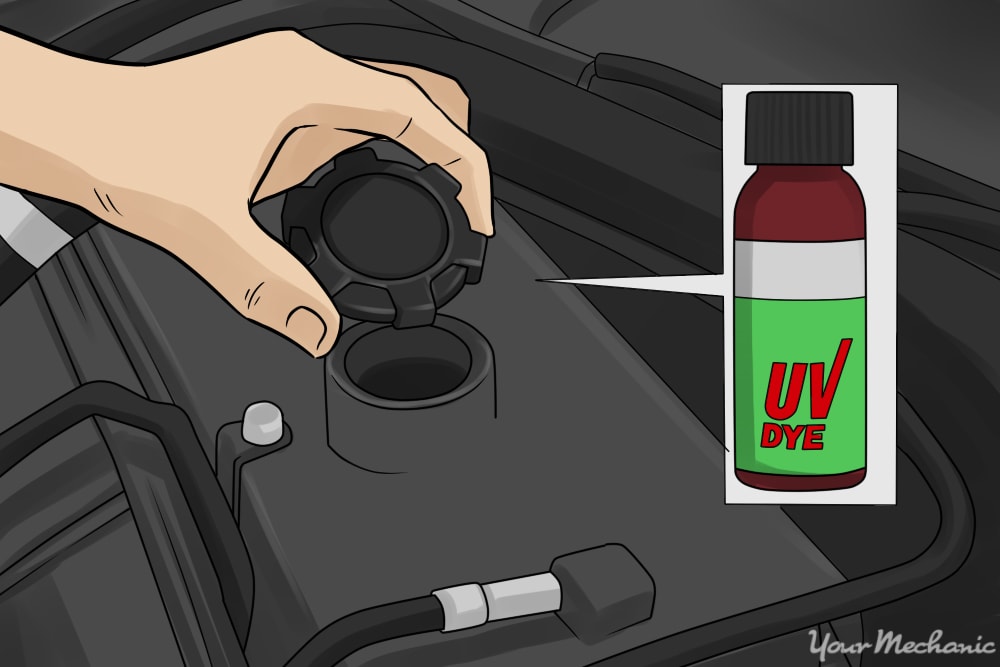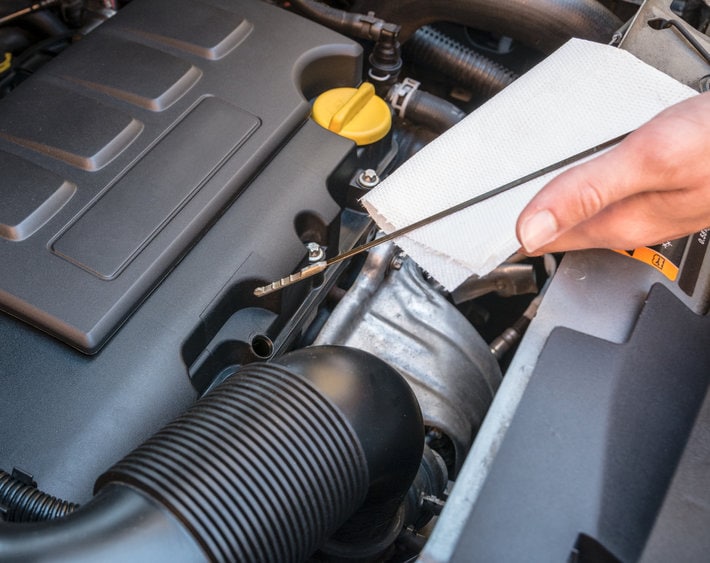To find oil leaks, inspect under the vehicle for visible oil drips or spots. Check the engine and oil pan for signs of leakage.
Oil leaks can be a common issue in vehicles that can lead to environmental damage and engine problems if not addressed promptly. Finding and fixing oil leaks is crucial for maintaining the health and longevity of your vehicle. By knowing how to detect and remedy oil leaks, you can prevent costly repairs and ensure your vehicle runs efficiently.
In this guide, we will explore various methods to identify oil leaks, potential causes of these leaks, and steps to take to address them effectively. Stay tuned to learn how to locate oil leaks and keep your vehicle in top condition.
Identifying The Signs
Visual Inspection: When trying to locate oil leaks, a visual inspection is essential. Look for any signs of oil pooling or dripping beneath your vehicle. Additionally, check for any oily residue on the engine and other components. Inspect the oil pan, gaskets, and seals for any visible leaks or damage.
Checking for Odors: Another way to identify oil leaks is by paying attention to any unusual odors. If you smell a strong, burnt oil scent inside or around your vehicle, it could indicate a leak. Be sure to investigate the source of the odor to determine the exact location of the leak.
Common Areas For Leaks
Oil leaks can occur in the engine block, oil pan, and valve covers.
Engine Block: Check for leaks around the cylinder head gasket and freeze plugs.
Oil Pan: Inspect for leaks at the drain plug and pan gasket.
Valve Covers: Look for leaks around the cover gasket and bolts.
Tools Needed
To find oil leaks, you’ll need a few essential tools like a flashlight, a UV dye kit, a clean cloth, an inspection mirror, and a proper socket set for removing parts if necessary. These tools will help you effectively locate and identify any oil leaks in your vehicle.
| Tools Needed |
| Flashlight |
| UV Dye |
| Oil Leak Detection Kit |

Credit: www.yourmechanic.com
Step-by-step Process
Before starting the process, ensure your vehicle is parked on a level surface and the engine is cool. Inspect the engine bay for any visible signs of oil leaks, such as, oil drips or puddles. Once the engine is cool, open the hood and remove the oil cap to pour a UV dye into the oil reservoir. Run the engine for a few minutes, allowing the dye to circulate. Turn off the engine and use a UV light to inspect the engine for any fluorescent green traces of the dye. This will help pinpoint the source of any oil leaks.
Fixing The Leak
Fixing the Leak: One of the first steps in addressing an oil leak is determining its severity. This will help determine the appropriate approach to fixing the issue. If the leak is minimal, it may be possible to address it by simply replacing gaskets or seals. However, if the leak is more extensive, additional measures may be necessary. It is important to properly identify the source of the leak before proceeding with any repairs. Taking a thorough look underneath the vehicle and inspecting for any signs of oil leakage can help pinpoint the problem area. Once the source is identified, replacing faulty gaskets or seals is a recommended solution. This can help restore the integrity of the affected components and prevent further leaks.
| Severity | Recommended Repair |
|---|---|
| Minimal | Replace gaskets or seals |
| Extensive | Additional measures may be necessary |
Credit: m.youtube.com

Credit: www.firestonecompleteautocare.com
Frequently Asked Questions Of How To Find Oil Leaks
How Can I Find Where My Oil Is Leaking From?
To find an oil leak, check around the oil pan, valve cover gasket, and oil filter. Look for oil spots on the ground and inspect for oil residue under the hood. Clean the affected area to pinpoint the source of the leak.
If you’re unable to locate the leak, seek professional assistance.
Where Are The 3 Most Common Places For An Oil Leak To Be Found?
The 3 most common places for an oil leak are the oil pan gasket, valve cover gasket, and oil filter.
How Do You Investigate An Oil Leak?
To investigate an oil leak, visually inspect the engine and surrounding areas, check for oil puddles or drips, use a UV dye to pinpoint the source, and repair the leak promptly.
Where Do Most Oil Leaks Come From?
Most oil leaks commonly come from damaged gaskets, seals, or oil pan. These parts can deteriorate with time, causing oil to leak. Regular maintenance can help prevent and detect these issues early.
Conclusion
Identifying oil leaks is crucial for maintaining the performance and longevity of your vehicle. By following the steps outlined you can quickly and effectively locate and address potential issues. Regularly checking for oil leaks can save you time and money in the long run, ensuring your car continues to run smoothly.
